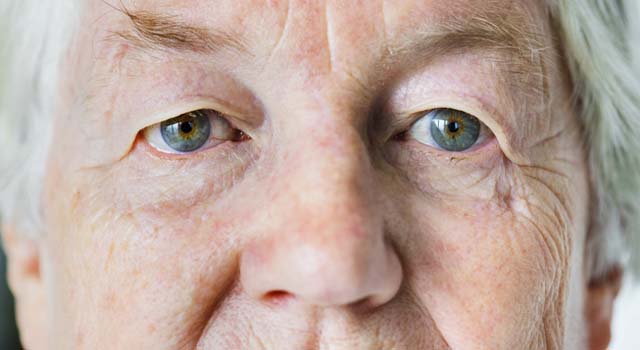White eyes have just about the same cosmetic priority as white teeth or unblemished skin. In fact, several surveys reveal that about 30% of people initially notice eyes when they first meet someone. While you can be a generally healthy human with stained teeth and imperfect skin, your eyes can reveal a lot about you... including your health.
First, allow us to introduce you to the sclera. The sclera is simply the medical term for “the white of the eye”. And it comes with high importance.
The sclera is four coats of protection that wrap around most of the eyeball, from the front of the beautiful colored part of the eye- the iris, to the back with sensitive optic nerves. This eye armor is no more than one millimeter thick, which amounts to the thickness of about 10 sheets of paper, layered on top of one another!
The layers of protective armor that give your eye its white color and the sclera its overall strength include randomly patterned collagen fibers and tissues called the episclera, the stroma, the lamina fusca, and the endothelium.
Typically, the entire sclera, not just one layer, changes color or accumulates spots.
Here are 4 hues to keep a lookout for along with a few reasons why:
- Yellow: A yellow tone brings along with it a couple of main suspicions, jaundice and “surfer’s eye”.A buildup of red blood cells that are normally filtered out by the liver can have several different causes but can trigger jaundice which often includes a yellowing of the eyes and skin. Surfer’s eye should really be given the nickname of “Outdoor A Lot Eye” as it is a sign of untreated UV damage from the sun combined with high winds or areas filled with dust.
- Blue: A tint of blue/gray might not be easy to detect by looking in a mirror, and often these tints are unavoidable because of long-term use of important medications.Tints of blue are still important to observe with help from your OD to consider or dismiss certain health conditions like genetic bone disease or iron deficiency.
- Red: Chances are we’ve all experienced eyes with a shade of red, whether it was thanks to allergies or exhaustion or any other typical culprit.
However, it is still important to schedule an appointment as soon as possible since a red eye can also signal an infection or a broken blood vessel, especially if accompanied by discharge, pain, or blurred vision.  Brown: Brown spots are on both ends of the spectrum. They range from completely harmless to life-threatening. High levels of melanin, the natural skin pigment which makes skin, hair, and the iris of your eyes a darker color can curate spots outside of the iris and within the sclera which are nothing to worry about.
Brown: Brown spots are on both ends of the spectrum. They range from completely harmless to life-threatening. High levels of melanin, the natural skin pigment which makes skin, hair, and the iris of your eyes a darker color can curate spots outside of the iris and within the sclera which are nothing to worry about.
However, if a dark spot that resembles a freckle that changes over time develops during or after your 30’s, we suggest you make an appointment. These more serious brown spots are not at all melanin-related and can become cancerous if left untreated.
So, when the whites of your eyes just... aren't quite white, give us a call at 301-670-1212! Keep note of what is accompanying your sclera color change and alert us about anything such as...
-
- Blurred vision
- Discharge
- Pain
- Light sensitivity
- Swelling or bulging
...and our team at Shady Grove Eye and Vision Care will handle the process to lead your eyes—and your entire self—back to health.

